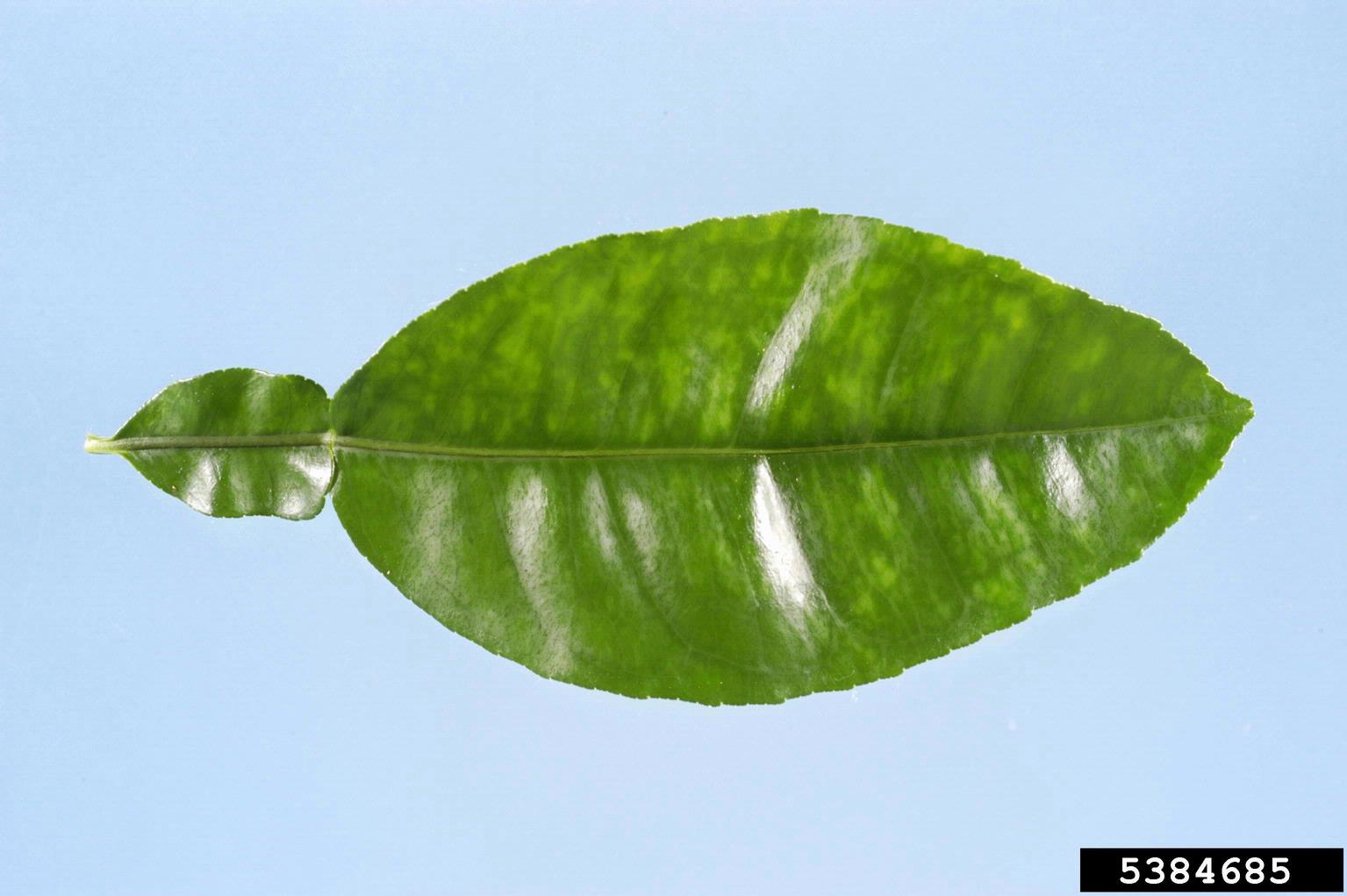What Is Citrus Psorosis – How To Prevent Citrus Psorosis Disease


What is citrus psorosis? This infectious viral disease affects citrus trees around the world and has played havoc in major citrus-producing countries, including North and South America and the Mediterranean. Although there are several strains of citrus psorosis, which vary in severity, the disease will affect productivity and kill the tree sooner or later. The good news is that the disease has diminished considerably over the past few decades, thanks to the use of certified disease-free budwood in grafting.
Citrus Psorosis Symptoms
Citrus psorosis symptoms, which affect primarily citrus trees at least eight to 10 years old, include patches of bark with small bubbles or pustules. The affected areas eventually turn into scaly patches that may callus or slough away in strips. Gummy lesions form on and under the bark.
Young leaves may display mottling and yellow flecks, which often fade as the season progresses. The fruit of infected citrus trees is inedible and may, in severe cases, develop a mottled appearance and depressed, gray or yellowish rings.
What Causes Citrus Psorosis?
Citrus psorosis is a viral disease, transmitted primarily by grafts of infected budwood, or sometimes by contaminated grafting tools. In some types of citrus, the disease is carried by infected seeds.
How to Prevent Citrus Psorosis?
Purchase certified disease-free trees or budwood from a reputable nursery. This is the primary way to prevent citrus psorosis. If you graft trees, ensure your tools are sanitized regularly.
Treating Citrus Psorosis
You can try to scrape away infected bark, which may help temporarily by stimulating growth of a callus on the wound.
However, replacement of diseased citrus trees is usually the best option, as an infected tree will be substantially less productive than healthy citrus trees and will slowly die.
Sign up for the Gardening Know How newsletter today and receive a free copy of our e-book "How to Grow Delicious Tomatoes".

A Credentialed Garden Writer, Mary H. Dyer was with Gardening Know How in the very beginning, publishing articles as early as 2007.